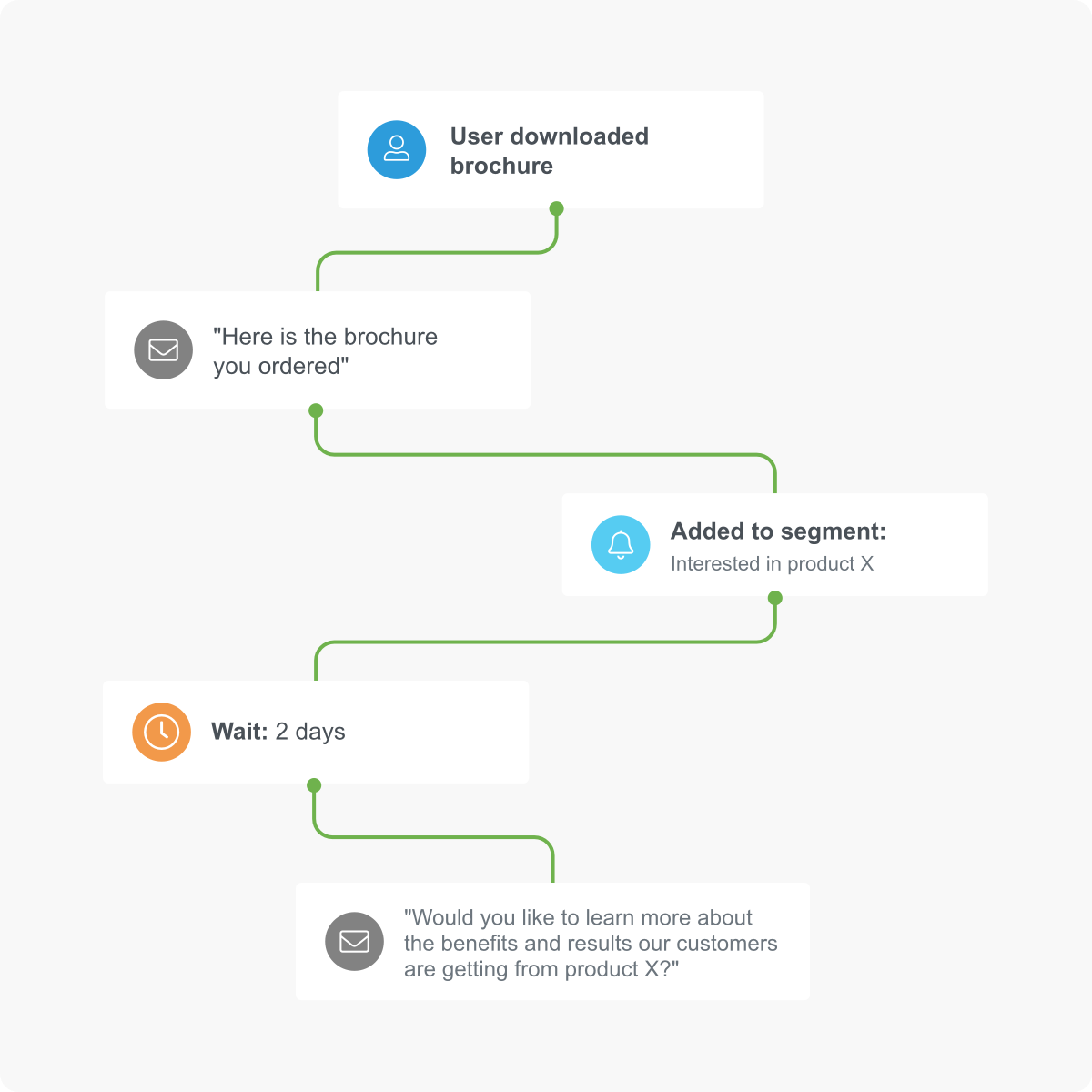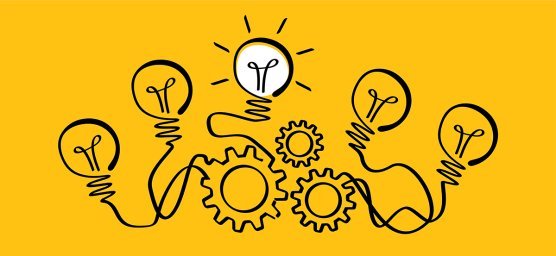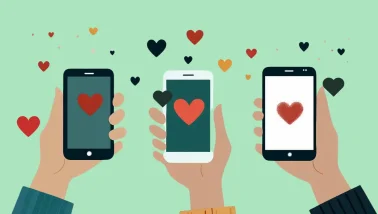Marketing automation is a great asset for marketing teams, as it is a versatile technology that enables marketers to implement targeted campaigns.
According to Email Monday, 51% of companies are currently using marketing automation, and our latest survey revealed that 30% of marketers who were not using it yet were planning to invest in the technology soon.
In a few words, marketing automation is a perfect tool for sending messages to the right person, at the right time; and it can be used for a lot of different campaigns, both in B2C or B2B.
B2C marketing automation is mostly used to send personalized messages and focus on improving customer experience, leading to a purchase. B2B marketing automation is, on the other hand, more “mass-oriented” and its goal is to maximize the conversion rate, to turn prospects into customers.
In this article, we will focus on marketing automation examples for B2C, and you will find at the end of your reading a PDF file with some more examples to keep close to hand.
Let’s go 🏃
- Re-engage your customers
- Collect more leads and nurture them
- Generate upsells or cross-sells
- Ask for a referral
- Reach out after a recent purchase
Re-engage your customer
One of every marketer’s goals is to encourage their prospects and clients to engage with their brand. According to Social Media Today, 36% of marketers stated that marketing automation is a good way to improve customer engagement.
But what about re-engagement? Driving someone to interact with your brand is one thing, but pushing them to interact with you multiple times is another. Marketing automation enables you to create different scenarios to attract your audience once again.
Scenario for a re-engagement automation chain:
After the first contact with your brand, for example, logging in to your app or website, or after the user stops interacting with your newsletter, you can wait a few days and send them a reminder to take a course or check your latest content.
It can be an email or a push notification on their phone. You can decide to set another reminder a few days after your first if they still don’t come back to you.
Collect more leads and nurture them
When it comes to leads, you can create simple automation for lead generation, and decide to complexify it a little bit to nurture your lead afterward.
Scenarios for a lead generation and lead nurturing automation chain:
Scenario 1:
One of the ways to create a marketing automation chain for lead generation is through a form on your website. This can be a guide download or some instructions regarding your product or service.
The chain will then only consist of a trigger (filling the form) and an email with the content that the user has downloaded. Easy, right?
Scenario 2:
If you want to nurture this lead, you can add some more elements to your existing automation chain. After the download, wait 2 or 3 days and then send another email with some more information regarding the content that has been downloaded.
It can be a testimonial or related content that can interest your reader, for example.

Marketing automation chain for lead generation: you can find more illustrated examples in our PDF, that you can download at the end of this article.
Generate upsells and cross-sells
With the help of marketing automation, you can also create some up- and cross-selling campaigns.
Scenario for an upselling or cross-selling automation chain:
After a first purchase, you can send a first follow-up email to your first customer or returning client.
Sometime later (it can be a week), send them another email to promote the premium version of your service or another product that they could make good use of after their initial purchase, for example.
But you can also make this automation chain shorter by sending the up- or cross-selling proposition email a week after the first purchase, without the follow-up email.
Ask for a referral
Asking for a referral is a way to reach out to your customers and potentially perform more sales. By offering something in exchange for a referral (it can be a promotional code, or winning a gift voucher), you have the opportunity to stay in the customer’s mind, and to get more leads afterward.
Scenario for a referral automation chain:
The basic automation chain for a referral is to thank the user for their purchase or their sign-up and to include in the email a personal code, for example. This personal code will be used to track which customers referred the brand to their friends.
The use of that personal code can then be set as a trigger to send an automated email to the customer, thanking them for the referral, and reminding them about the benefit they received.
Reach out after a recent purchase
Reaching out after a purchase is a great way to keep your customers’ attention, which can lead to another purchase later in the future. This type of email doesn’t need to be an offer for another product, like the up-selling or cross-selling automation chain.
If you have a blog, you can send them blog articles concerning your products, or it can be tips on how to use your product or service. This way, you’ll stay in the back of their head, and if the opportunity comes, they might purchase from you again.
Scenario for a recent purchase automation chain:
If you are, for example, selling beauty products, you can send an email a few days after the purchase and give some tips on how to apply the lipstick that they just bought, and what colors they can wear it with.
Wrapping up
Setting up an automation chain doesn’t need to be a complicated process. You can start with short and easy chains, and then complexify them once you master the process a little bit more.
Marketing automation makes marketers’ lives easier, as they enable us to save a lot of manual time and to send the right messages at the right time. There are plenty of ways to use this technology, so if you are not familiar with it yet, now is the time to get started.
Oh, and don’t forget to download our PDF template, with practical workflow examples in both beginner and advanced level ️⬇️
Looking for a marketing automation tool? Contact us to know more about LianaAutomation and get a personalized demo for your needs.



